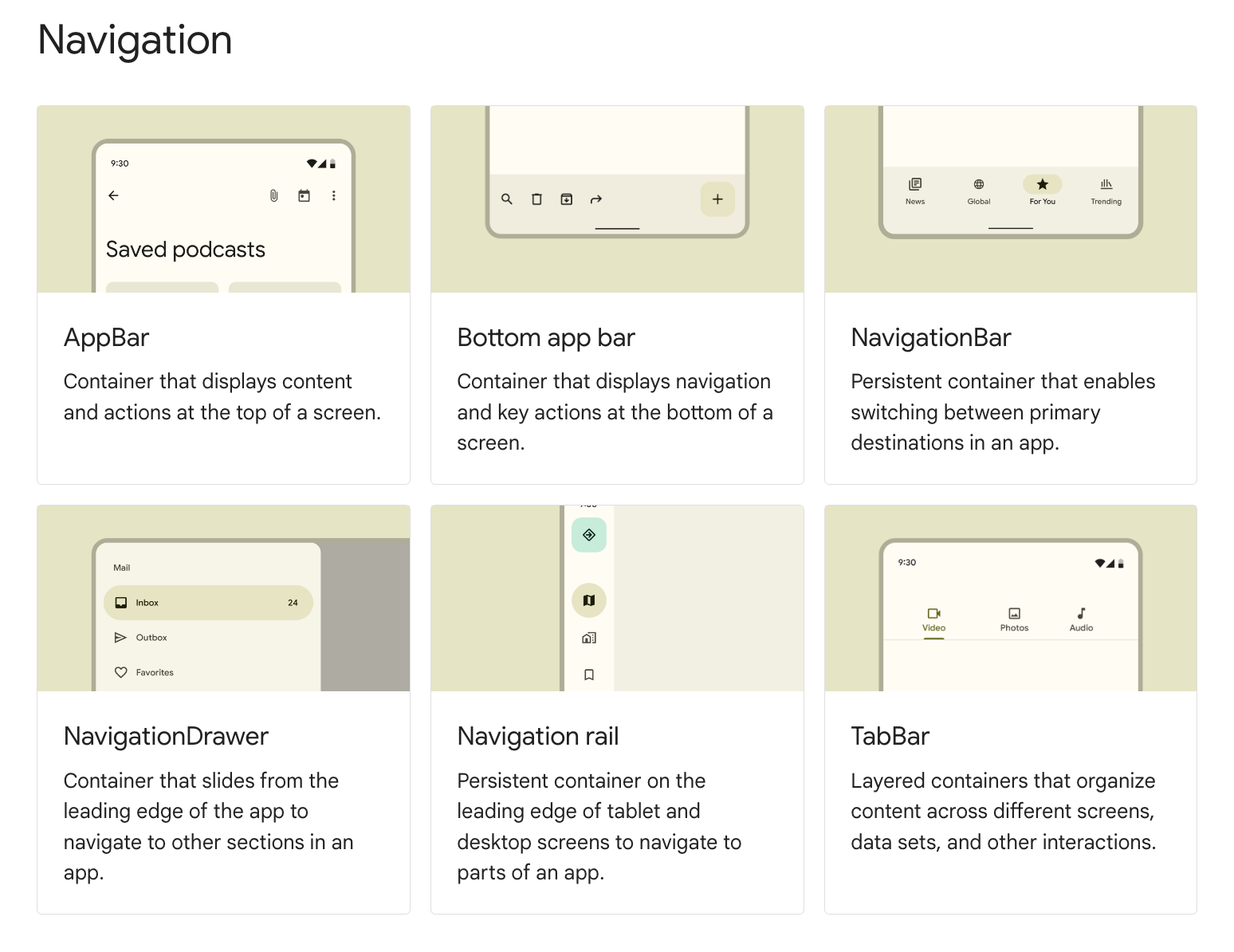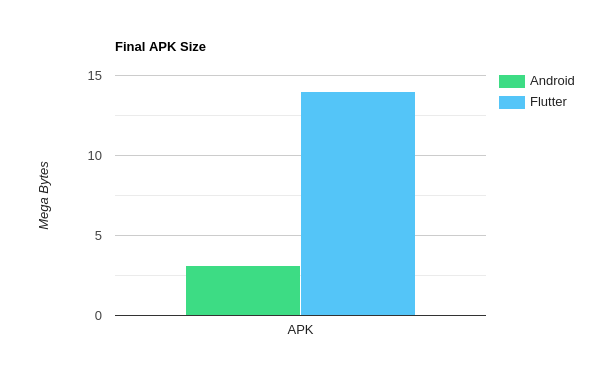
Flutter: Advantages and Challenges of a Cross-Platform Approach

Today, businesses and developers face a critical decision when it comes to creating and maintaining their software applications: choosing between a single-platform or a cross-platform approach. The latter has emerged as a compelling solution. However, it is not without its own set of challenges that require careful consideration. In this article, we will explore the world of Flutter cross-platform development, delving into the advantages it offers and the hurdles it presents.
Advantages of Flutter cross-platform approach
The cross-platform approach is the embodiment of versatility, enabling developers to create applications that exceed boundaries, effortlessly reaching the widest audience possible. It is the pinnacle of efficiency, streamlining development efforts and reducing duplication of work across different platforms. This approach stands as the ultimate solution for businesses looking to maximize their return on investment and deliver consistent, user-friendly experiences that outshine the limitations of single-platform development.
The advantages of Flutter’s cross-platform approach
Cross-platform capability
Flutter allows developers to write a single codebase that can be used across multiple platforms, including iOS, Android, web, and even desktop applications. This capability significantly streamlines the development process, saving both time and resources while ensuring consistent user experiences across different devices. With Flutter, businesses can reach a broader audience and tap into multiple markets without the need to invest in separate native development teams, making it a cost-effective and efficient solution for cross-platform app development.
Furthermore, Flutter’s cross-platform nature allows for quicker updates and maintenance, as changes made to the codebase apply universally, reducing the risk of platform-specific bugs and inconsistencies. This adaptability is especially crucial in today’s fast-paced tech environment, where rapid innovation and feature enhancements are key to staying competitive.
Uniform user interface
With Flutter, developers can craft a single codebase that renders pixel-perfect user interfaces on various devices and operating systems. This means that the look and feel of the application remain consistent, whether it’s on an iOS device, an Android phone, a web browser, or a desktop application. This uniformity is invaluable for brand identity and user satisfaction, as it ensures that users encounter the same intuitive interface, regardless of the platform they’re using.
What’s more, changes made to the codebase instantly reflect on all supported platforms, eliminating the need for separate design and development efforts for each one. This not only accelerates the development cycle but also reduces the risk of introducing bugs between platforms. As a result, developers can focus more on improving the app’s functionality and user experience, making Flutter a powerful tool for businesses aiming to deliver a seamless and visually appealing application across a range of devices.
Rapid development
With a single codebase that works seamlessly across multiple platforms, developers can significantly expedite the app development process. This means that businesses can reach the market faster, enabling them to stay competitive and responsive to evolving user needs. By reducing the time and effort required to create and maintain applications for different platforms, Flutter empowers development teams to be more agile and efficient.
The “hot reload” feature is a game-changer for rapid development. It allows developers to make real-time changes to the code and see the results instantly, making the debugging and testing process much quicker and more effective. This feature not only improves the development process but also enhances collaboration among team members, as they can quickly iterate and fine-tune the application’s functions and user interface. The combination of a single codebase and the “hot reload” feature positions Flutter as an ideal choice for businesses looking to streamline development, reduce time-to-market, and respond promptly to user feedback and market dynamics.

Source: https://www.geeksforgeeks.org/difference-between-hot-reload-and-hot-restart-in-flutter/
Versatility of the Dart language
Dart, the language in which Flutter is built, offers a unique combination of features that make it exceptionally well-suited for cross-platform development. It provides a simple and efficient syntax, making it accessible to developers with various backgrounds[1]. This simplicity accelerates the learning curve for those new to Dart, facilitating a quick transition to cross-platform app development with Flutter.
Dart also supports both single-threading and multi-threading, which makes it perfect for building responsive and high-performance applications that can take advantage of multicore processors. It can compile to native code for optimal speed and efficiency. This versatility in Dart’s capabilities means that developers can leverage the language’s strengths to create fast, responsive, and feature-rich applications across various platforms, ensuring excellent user experience.
Skia graphics engine
Skia is an open-source 2D graphics library that serves as the backbone of Flutter’s rendering capabilities. Its efficiency and performance are vital in ensuring that Flutter applications deliver exceptional user experiences. Skia enables Flutter to achieve remarkable graphics performance and smooth animations across various platforms, from mobile devices to web browsers and even desktop applications
Skia’s comprehensive set of APIs and tools enables developers to create rich, interactive user interfaces. It supports advanced graphics rendering, animation, and effects, allowing for the creation of complex and visually appealing designs. The efficiency and flexibility offered by Skia within the Flutter framework make it a powerful asset for developers aiming to craft visually engaging applications.
Quick startup and high application performance
Flutter’s efficient architecture and use of the Dart language enable it to achieve very fast startup times. This quick initialization is particularly crucial in mobile app development, where users expect applications to launch promptly without noticeable delays. A swift startup enhances the overall user experience and can make the difference between retaining or losing users, giving Flutter a significant edge in the competitive app development landscape.
Furthermore, Flutter’s architecture and efficient rendering engine allow apps to run smoothly, while using minimal system resources. This not only ensures that applications are responsive and perform well but also conserves battery life on mobile devices. With low memory overhead, Flutter apps can be comfortably used on a wide range of devices, including older and less powerful hardware, extending their reach to a broader audience.
Library of ready-to-use components
Flutter provides developers with a rich set of pre-designed UI elements and building blocks, making it exceptionally convenient to create visually appealing and functional interfaces. This library includes a wide array of widgets for text input, navigation, animations, and more, saving developers a significant amount of time and effort during app development. This convenience translates into faster project development and the ability to deliver polished, feature-rich applications quickly.
Flutter’s library of components is highly customizable, allowing developers to tailor the user interface to match their app’s unique branding and design requirements. This flexibility empowers developers to create visually distinctive applications that stand out in a crowded marketplace, all while benefiting from the efficiency and consistency of cross-platform development.

Source: https://docs.flutter.dev/ui/widgets/material
Active community and Google support
Flutter has gathered a vibrant and engaged community of developers, which means that resources, knowledge, and assistance are readily available. This ecosystem of Flutter enthusiasts actively contributes to the framework’s growth and improvement, offering an abundance of open-source packages, tutorials, and forums for troubleshooting and learning. Developers can rely on this community for support and guidance, making it easier to overcome challenges and stay up-to-date with the latest developments in the Flutter ecosystem.
Additionally, Google’s support is a significant boost to Flutter’s credibility and long-term sustainability. As the creators of Flutter, Google continues to invest in the framework, ensuring its growth, stability, and compatibility with evolving technologies. This commitment from a tech giant like Google provides businesses and developers with the confidence that Flutter is a reliable choice for cross-platform development, backed by the resources and expertise of a company known for its innovation and technological prowess.
Challenges of Flutter cross-platform approach
The above advantages come, however, at a price. Developers should be aware of the limitations of the framework in order to avoid the most common problems whenever possible and provide users with the most refined applications.
The challenges of Flutter’s cross-platform approach
Lack of platform-specific features
Flutter’s strength lies in its ability to create consistent user interfaces across various platforms, but this can sometimes come at the cost of not fully harnessing unique capabilities or features that are specific to a particular platform[3]. Mobile operating systems like Android and iOS often introduce platform-specific functionalities and design guidelines that can be challenging to replicate seamlessly in a cross-platform environment. Developers may find it more difficult to leverage these features to their full extent, which can be a drawback when trying to deliver a truly native and platform-specific user experience.
To address this challenge, developers often need to write platform-specific code, which somewhat defeats the purpose of cross-platform development. While Flutter provides mechanisms to access native APIs, it still requires extra effort and adds complexity to the development process. Careful consideration and planning are necessary to strike a balance between cross-platform consistency and platform-specific functionality when using Flutter.
Application size
Flutter applications may be somewhat larger in terms of file size compared to their native counterparts. This is because Flutter includes a runtime and a set of core libraries within the app package, which can increase the size of the final application. This larger size may not be a significant concern for many users, but it can be a drawback for those with limited storage space on their devices, particularly in regions with slower internet connections.
Furthermore, the larger app size can impact download times and installation, potentially leading to a less optimal user experience. Developers need to be mindful of the trade-off between cross-platform development convenience and the app’s size. It’s important to optimize the app’s assets and consider the target audience and their network conditions to strike a balance between a feature-rich app and one that is manageable in terms of size.

Source: https://auberginesolutions.com/blog/comparing-the-performance-of-an-app-built-with-native-android-and-flutter/
Experimental support for some platforms
While Flutter excels at creating applications for mobile platforms like Android and iOS, its compatibility with other platforms, such as web and desktop, is still considered experimental in some cases. This means that the framework may not offer the same level of stability, performance, and feature completeness for these platforms as it does for mobile. Developers working on projects for other environments may encounter compatibility issues, missing features, or less optimized performance, which can complicate the development process and affect the overall quality of the application.
Navigating this challenge requires developers to carefully assess the suitability of Flutter for their specific project and target platforms. It’s essential to stay updated on Flutter’s progress and any updates related to support.
Incompatibility with existing native code
In some cases, businesses and developers may have already invested heavily in native code, libraries, or third-party plugins for specific platforms. When transitioning to Flutter, integrating this existing native code can be complex and time-consuming. Flutter operates using a different language (Dart) and a unique framework, which may not readily support or work seamlessly with the native code developed for Android or iOS.
This challenge often requires careful planning and a thorough assessment of the project’s assumptions. Developers may need to rewrite parts of the existing native code to make it compatible with Flutter, and this can lead to extended development timelines.
Necessity for external plugins
Flutter’s core library and package ecosystem are robust, but there are instances where developers may require specialized functionality that isn’t readily available within the framework. In such cases, developers must turn to external plugins or packages to extend the capabilities of their Flutter applications. Relying on external plugins can introduce complexity, as it requires integrating third-party code and maintaining compatibility with the Flutter framework, which may not always be seamless or well-documented.
To address this challenge, developers need to carefully verify and select external plugins, ensure they are well-maintained, and be prepared to actively manage plugin updates and compatibility as the Flutter ecosystem continues to evolve.

Source: https://www.getwidget.dev/
Specific developer team requirements
Developers who are already proficient in Dart will have a smoother transition to Flutter, but those who are not may need to invest time in learning the language. Additionally, Flutter’s unique architecture and design patterns may require a learning curve for developers who are more accustomed to working with other languages or frameworks. Therefore, building a team with the appropriate skill set or providing training and resources for existing team members may be necessary, which can impact project timelines and costs.
Finding or training developers who possess the right combination of skills to meet the project’s requirements can be a challenge. The Dart language is less common than JavaScript or C#, so onboarding processes may be longer and harder. That’s why businesses need to carefully assess their team’s capabilities and consider any potential skill gaps when opting for the Flutter cross-platform approach.

Source: https://www.netsolutions.com/insights/most-popular-programming-languages/
To leverage the full potential of Flutter, businesses and developers must carefully weigh its advantages against the challenges, considering their unique project requirements and objectives. While Flutter holds immense promise in the world of cross-platform app development, a thoughtful evaluation of its suitability for a particular use case is essential for success in this rapidly evolving technology landscape.
